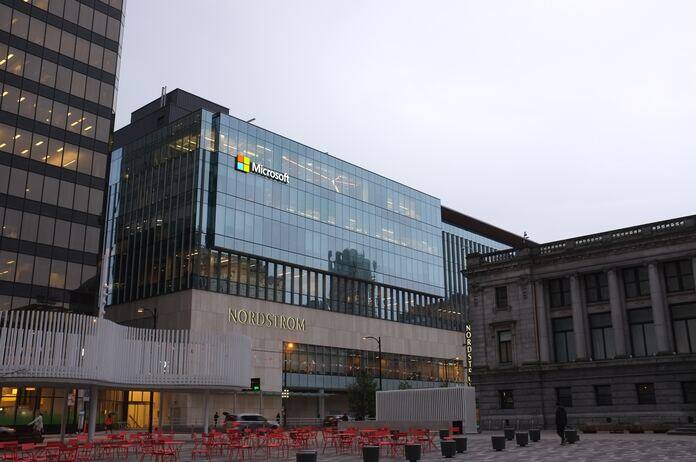Microsoft (NASDAQ:MSFT) and OpenAI are reportedly teaming up for a groundbreaking venture, as disclosed by The Information, aimed at establishing an ambitious data center project estimated at a staggering $100 billion. The cornerstone of this initiative is the development of an advanced artificial intelligence (AI) supercomputer named Stargate, slated to debut in 2028.
This joint endeavor highlights the escalating demand for AI data centers capable of handling intricate tasks beyond the capabilities of traditional data centers. With the swift adoption of generative AI technology, there is a pressing need for cutting-edge infrastructure.
The proposed supercomputer, set to be located in the United States, represents the apex of a sequence of supercomputers planned for construction over the next six years. Stargate, positioned as the fifth phase of development, follows a smaller fourth-phase supercomputer expected to launch around 2026.
The financial implications of this undertaking are significant, with projected expenses surpassing $115 billion, tripling Microsoft’s capital expenditure from the previous year. The substantial cost of constructing the supercomputer is attributed to supply constraints of high-performance GPUs essential for AI model development. These chips, often commanding high prices, are pivotal for the enhanced computational capabilities required for advanced AI tasks.
Tech Giants and Chipmakers Vie for Dominance in the AI Arena
Microsoft’s collaboration with chip manufacturers like Nvidia (NASDAQ:NVDA), alongside the development of custom-designed computing chips, reflects a multifaceted strategy to ensure project success. Additionally, the project is designed to accommodate chips from various suppliers, ensuring operational flexibility and efficiency.
Nvidia, a leading provider of high-end chips, is grappling with soaring demand. The company’s latest AI chip, the Blackwell B200, is priced between $30,000 and $40,000 per unit. Notably, the platform features GB200 NVL72, boasting 72 Blackwell GPUs and 36 Grace CPUs interconnected by fifth-generation NVIDIA NVLink, accelerating inference workloads for resource-intensive and multi-trillion-parameter language models.
Advanced Micro Devices (NASDAQ:AMD) has entered the fray with its MI300 series chips, challenging Nvidia’s popular H100 series chips used for training large language models like OpenAI’s chat GPT. Intel Corporation (NASDAQ:INTC) unveiled the Intel Core Ultra featuring a neural processing unit, enabling power-efficient AI acceleration with 2.5x better power efficiency than the previous generation.
In a recent development, Microsoft introduced two AI-powered devices, the Surface Pro 10 and Surface Laptop 6, tailored for business needs. These devices boast Copilot integration and advanced hardware specifications, including Intel Core Ultra processors and Neural Processing Units for enhanced AI experiences.
Furthermore, Microsoft has agreed to pay $650 million to license Inflection AI’s software and has hired the startup’s co-founders, Mustafa Suleyman and Karén Simonyan, along with its 70 employees. This strategic move aligns with Microsoft’s commitment to bolster its AI capabilities.
Despite market fluctuations, Microsoft’s shares have gained 11.9% year-to-date, outperforming the Zacks Computer & Technology sector’s growth of 11.4%. Microsoft anticipates fiscal third-quarter 2024 Intelligent Cloud revenues between $26 billion and $26.3 billion.
Featured Image: Unsplash









